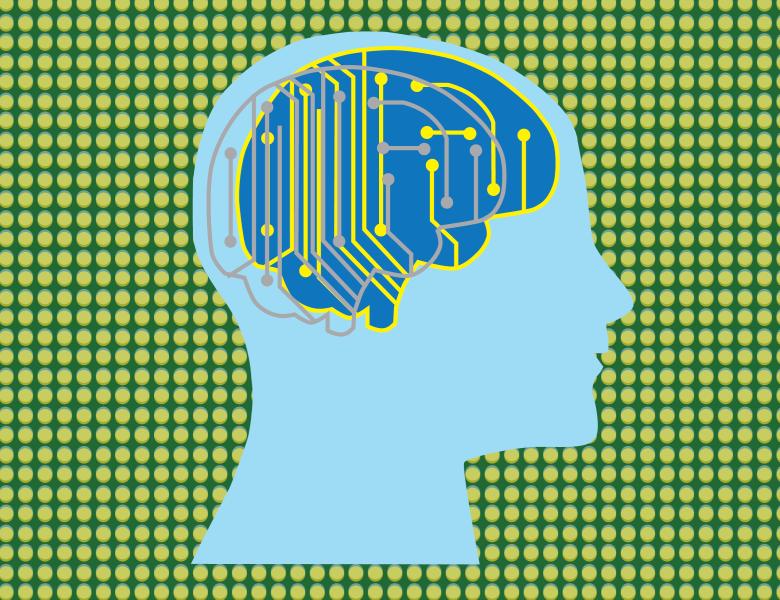
Predictive Coding in Visual Cortical Area V4
The primate visual system recognizes partially occluded objects in natural scenes without difficulty, and this capacity is yet to be matched in computer vision. The neural basis of such robust object recognition, however, is poorly understood. Recent experimental results from primate area V4, an intermediate stage in the shape processing pathway, suggests that feedback from higher cortical areas may be important for maintaining robust shape selective signals. Here we implement predictive coding to investigate possible underlying mechanisms. Predictive coding interprets feedback signals as predictions made by the higher cortices about the sensory stimulus underlying the activity of the lower cortical area. Predictive coding, therefore, has been hypothesized to be a method of efficient coding. By applying predictive coding to a two-layer, hierarchical Bayesian model of V4 and its efferent cortical area, we show that feedback predictions combined with feedforward sensory inputs result in robust shape-selective responses under partial occlusion. Thus, our study suggests possible computational roles of feedback signals in the visual system and their potential significance in object recognition.
If you would like to give one of the weekly seminars on the Brain & Computation program, please fill out the survey at https://goo.gl/forms/zRlEuwjzdP6MsB6I2
All scheduled dates:
Upcoming
No Upcoming activities yet


